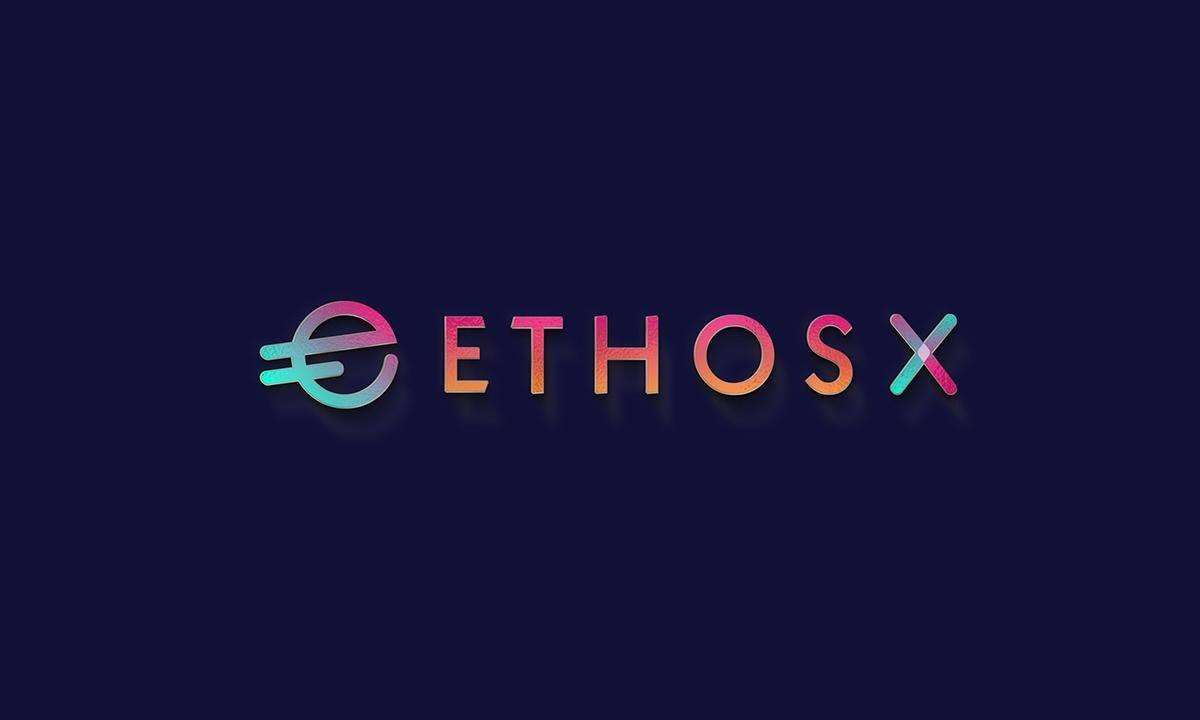
Claymont, Delaware, May 27th, 2024, Chainwire
EthosX is excited to announce the launch of its new Perpetual Options product being launched in partnership with kanalabs.io on their front end. Called OPerps, it aims to be one of the most accessible and efficient ways to enhance returns by using knowledge about short-term market events.
The product aims to help users leverage their market predictions to generate consistent income and maximize returns.
OPerps is a decentralized platform for short-term options trading. It harnesses the power of blockchain technology to enable efficient and transparent options trading, which happens via a user-friendly interface designed to empower those new to derivatives.
OPerps lets users trade tokenized (ERC-20) options that never expire but settle every few minutes/hours. These perpetual options solve the problem of cascading liquidations found in traditional perpetual futures.
Furthermore, offering them in a decentralized, tokenized format allows for continuous trading opportunities while enhancing security and flexibility on the platform.
OPerps Opportunities
OPerps aims to maximize the trading potential of investors by giving them opportunities to profit from sudden market movements. This can happen through two avenues; Long Call OPerps and Long Put OPerps.
Investors can engage in trading Long Call and Long Put OPerps to capitalize on market movements. Long Call OPerps profit from rising markets, while Long Put OPerps benefit from downtrends. Conversely, Short OPerps allow users to potentially earn premiums from Long OPerps token holders, with Short Call OPerps profiting in falling markets and Short Put OPerps in rising markets.
OPerps live options positions aren’t restricted to the platform. A live options transfer feature allows users to move their live option positions to other wallets and protocols for added convenience.
As part of the trading experience, the new platform gives users more leverage and APY choices. Traders can choose between high leverage (up to 1000x on BTC/ETH) or high APYs (triple-digit returns).
OPerps includes features to limit losses and avoid sudden liquidations, providing a safer trading environment.
OPerps is a rare innovation in the history of capital markets that leverages the structure of decentralized finance (DeFi) to give traders the ability to transfer live options positions to anyone anywhere in the market. The platform offers different operational modes: Normal mode on Binance Smart Chain (BSC) and DEGEN mode on Arbitrum for varied trading experiences.
OPerps uses data from the Pyth network for prices of options underlyings (BTC & ETH for now). Pyth’s real-time data feed makes the Degen mode possible.
About EthosX
EthosX is a protocol for trading high-value vanilla/exotic derivatives without going through banks, brokers, and other intermediaries. It provides a platform for investors to trade directly with one another with minimal counterparty and minimize settlement risks.
The platform is designed from both crypto and traditional asset classes. But whether a user is trading cryptocurrency options or TradFi derivatives, clearing and settlement are done in an automated and decentralized smart contract-based clearinghouse for capital-efficient trading.
To learn more about Operps, follow below:
EthosX Website | Twitter/X | LinkedIn | Operps
EthosX is the source of this content. This Press Release is for informational purposes only. The information does not constitute investment advice or an offer to invest.
ContactJamie KingsleyEthosXj.kingsley@theprgenius.com
Disclaimer: This is a sponsored press release and is for informational purposes only. It does not reflect the views of Crypto Daily, nor is it intended to be used as legal, tax, investment, or financial advice.
* This article was originally published here

No comments:
Post a Comment